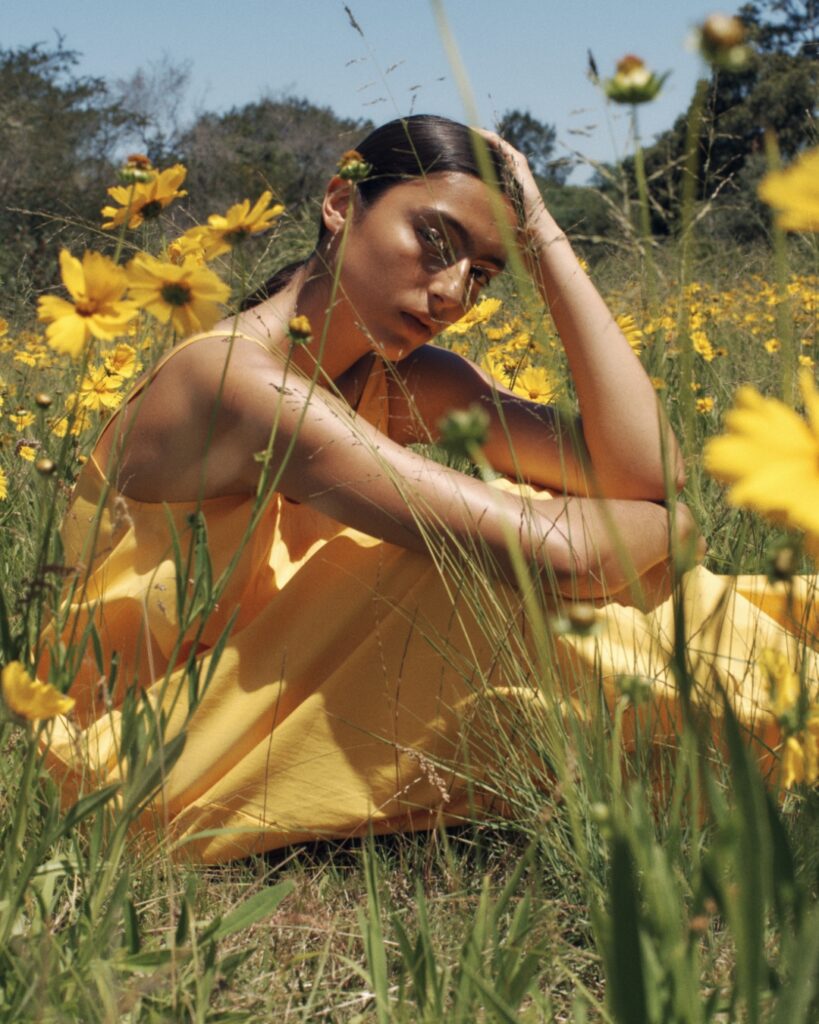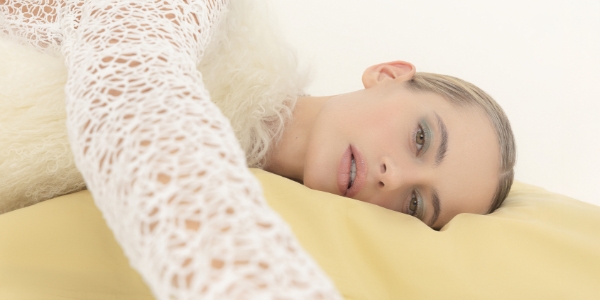Just like flying around the globe, learning a new language, running a marathon, thrusting yourself into an extreme sport, ordering everything off a menu or volunteering, bucket list items are prescribed highs we medicate ourselves with to ensure our life has been lived to the fullest.
Experiencing the World of WearableArt – or more fondly known as WOW – is no different, Fashion Quarterly‘s digital content producer Terri Dunn discovers.

‘The Wise Athena’ by Lau Siu San & Cathy, Sin Wei Chow (China)
PVC, glass, gemstones, fabric
Combining the talent of thousands of designers from across the globe, the World of WearableArt show surpasses the boundaries of language drawing on dance, theatre, music, acrobatics, and of course, wearable art to bring our nation’s capital to life.
When I was four years old I began ballet lessons with a superior advantage: my mother had designed and sewed all 200+ costumes for the school of dance for many years. At nine, I myself began sewing and it was then that my mother and I started our bond over fashion and design that has kept us extremely close and impeccably dressed ever since. At 19, I attended my first WOW show. Mum had been several consecutive years in a row at this stage, however, for me – a poor student – forking out tickets in addition to the flights from Christchurch to meet her there was a big deal. Fast forward to 25 and here I am, flying down to Wellington from Auckland to meet up with Mum (yet again) for WOW’s 30th-anniversary show – this time with backstage access and much better seats…

‘Baroness of Vortex 6’ by Laura Thapthimkuna, Patrick Delorey & Stephen Ions (United States)
Plastic, silk, steel, vinyl
Comparable to London’s southwest residential area of Wimbledon during The [tennis] Championships in the height of English summer, Wellington explodes with WOW fever. Shop fronts, parks, walkways, craft breweries, eateries, galleries, museums and transport all in decoration.
To date, more than 4,800 designs have been shown on stage, $2.4m in prizes have been awarded, 770, 000 people have watched – that’s excluding the 600,000 + who’ve seen the mini version of the show that travels internationally -, 10, 200 cast and crew have been employed and, to the Wellington major’s delight, $25.2m of new spend each year has been brought in. So yeah, it’s definitely a big deal.
Read next: How to plan a fashionable weekend in Wellington around the World of WearableArt

‘Glitch’ by Marine Arnoul (France)
Neoprene, plastic, LEDs, wool, cotton
New Zealand has developed this creative genre: taking art from the walls and onto bodies. With the freedom this concept brings, WOW has become an important destination for some of the world’s most innovative minds. Artists, architects, doctors, carpenters, hairdressers, illustrators, fashion designers, 3D-designers, homemakers, engineers and students are only a handful of the people who enter.
On my flight home, I was sat next to a woman who had a piece in the show. “I’m a designer,” she said retrieving the lanyard hanging proudly around her neck. Her name was Sally Blyth and she owned a masquerade store in Auckland. Using what she knew, she had meticulously crafted an outfit made entirely from intricate filigree masks. From afar, her design was beautiful, delicate with a strong warrior-esque silhouette. Under closer inspection, it’s all masks. Much like every design in the show, there is intention and consideration into every detail and endless elements to discover. I’ve flicked through my programme at least a dozen times, and something new has jumped out at me every single time.

‘Minerva Maxima’ by Sally Blyth (New Zealand)
Lace & metal masks, boning, paint, glitter
Whether you come from a creative background or not, WOW is something everyone can appreciate. It’s a dance performance, a live concert, a light installation, an art show and a fashion runway showcasing talent, tradition and technology all in one.
Ask anyone who’s ever been more than once and they’ll tell you it just gets better and better every year.
Forging relationships with two of the most creative organisations in the world – Weta Workshop and Cirque du Soleil – designers have access to life-changing opportunities. For 2018, a number of designs were submitted from 44 countries with 140 garments from 17 countries selected for the show. And while there is an awards show, every design is a winner, really.
For Supreme winners, Natasha English and Tatyanna Meharry of Christchurch, their design ‘WAR sTOrY’ which commemorated the story of WW1, was constructed using wood, ceramic, pounamu, marble, metal and cloth traded from historic sites. Another Kiwi, Shelley Scott, chose to focus on a more modern crisis; the lament of our affair with coffee capsules creating her ‘Sugarcoated’ design from used pods. In the Under the Microscope Section, issues such as genetic mutation, pollen, coral reef, foreign bodies, cells and bacteria were explored in too-close-for-comfort yet awe-inspiring detail.

‘WAR sTOrY’ by Natasha English & Tatyanna Meharry (New Zealand)
Wood, ceramic, pounamu, marble, metal and cloth

‘Coral Cluster’ by Erica Gray (Australia)
Fabric, Polyfibre, plastic, LEDs
Read next: Girl you need to know: WearableArt designer Kayla Christensen
It’s a family thing. It’s an education thing. It’s a Wellington thing. Performers, technicians, designers, judges, models, makeup artists and staff all there for the fun of it; tireless hours of grind and six weeks of rehearsals, year after year – many of them are students from local institutions gaining invaluable experience.
I was privileged enough to meet model Nick while touring the green room who has performed in the show annually since the show migrated from Nelson to Wellington in 2005. Confessing that she remembers all too well having her hair in rollers – which were required to remain in her hair for 12+ hours ahead of the show– for her sixth form photo, that despite the dedication admits that she continues to model out of pure enjoyment: “this is my family!” she says.

‘Absintheum’ by R. R. Pascoe (Australia)
Hemp braid, monofilament thread
Behind the stage, costumes are in boxes, garbage bags and crates. The garbage bags are usually housing the latex designs that are perishable with too much light exposure. Every design has a number of dressers – one, in particular, requiring seven people and 15 minutes to get the model into.
And the acrobats? All manual. Every time you see an acrobat go up or down on the stage, someone is backstage in the rigging climbing the scaffolding to counterbalance.
It’s a massive undertaking I can’t even begin to relay to you, but if anything, what it is, is undeniably impressive and something that one must see to believe.
Scroll for more World of WearableArt designs below:

‘Knight in Shining Wire’ by Kate MacKenzie (New Zealand)
Electrical wire, plastic

‘Ancient Dreamscape’ by Kayla Christensen (New Zealand)
Paint, canvas, metal
Read next: Girl you need to know: WearableArt designer Kayla Christensen

‘Uplifting’ by David Kirkpatrick (New Zealand)
ABS, paint, fibreglass, LEDs

‘Bonsai Me’ by Carol Hargadon (New Zealand)
Wood, Worbla, fabric, artificial foilage

‘Beautiful Destroyer’ by Carolyn Gibson (New Zealand)
Fabric, condult, Worbla, styroballs, Sinamay

‘Perception’ by Lin Kaun Yu (Taiwan)
Wig, fabric, plastic

‘Polle Nation’ by Irma Covey (New Zealand)
Fabric, wool, polystyrene, wire











